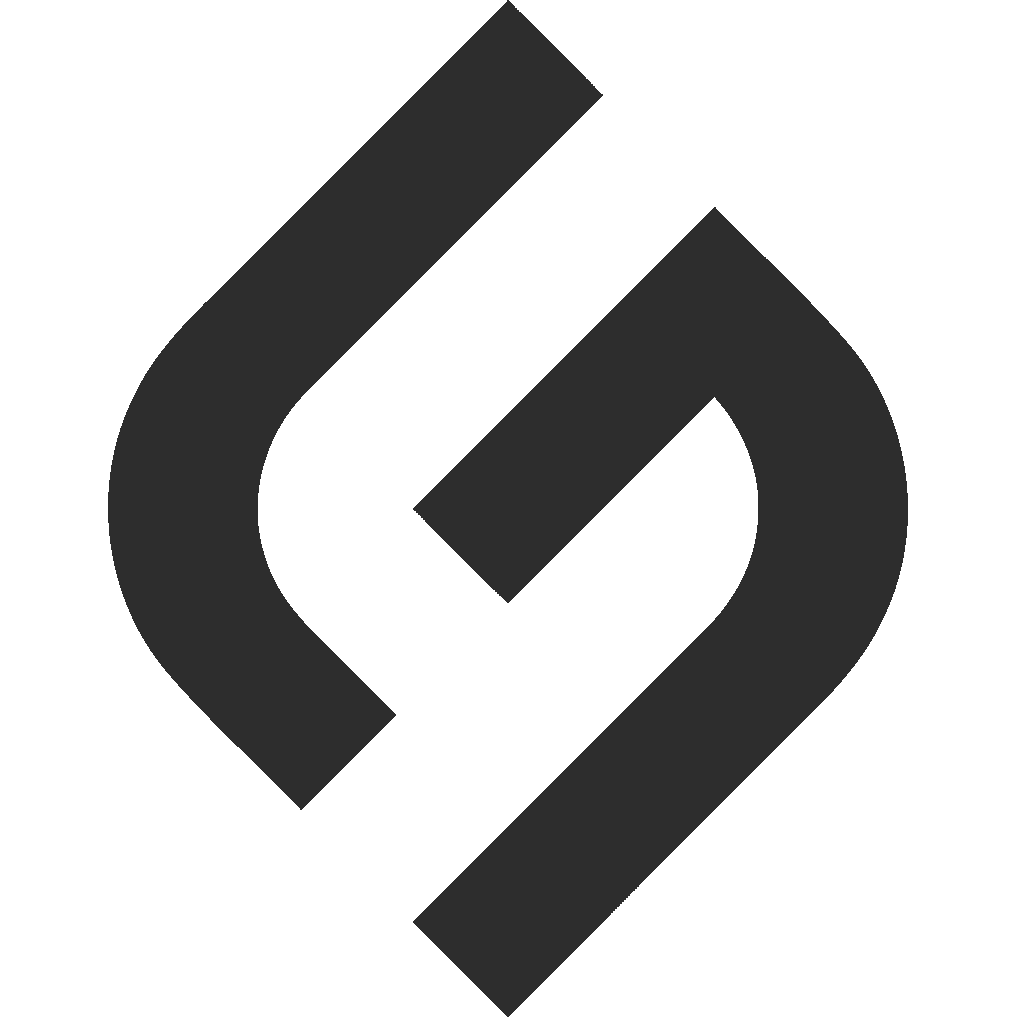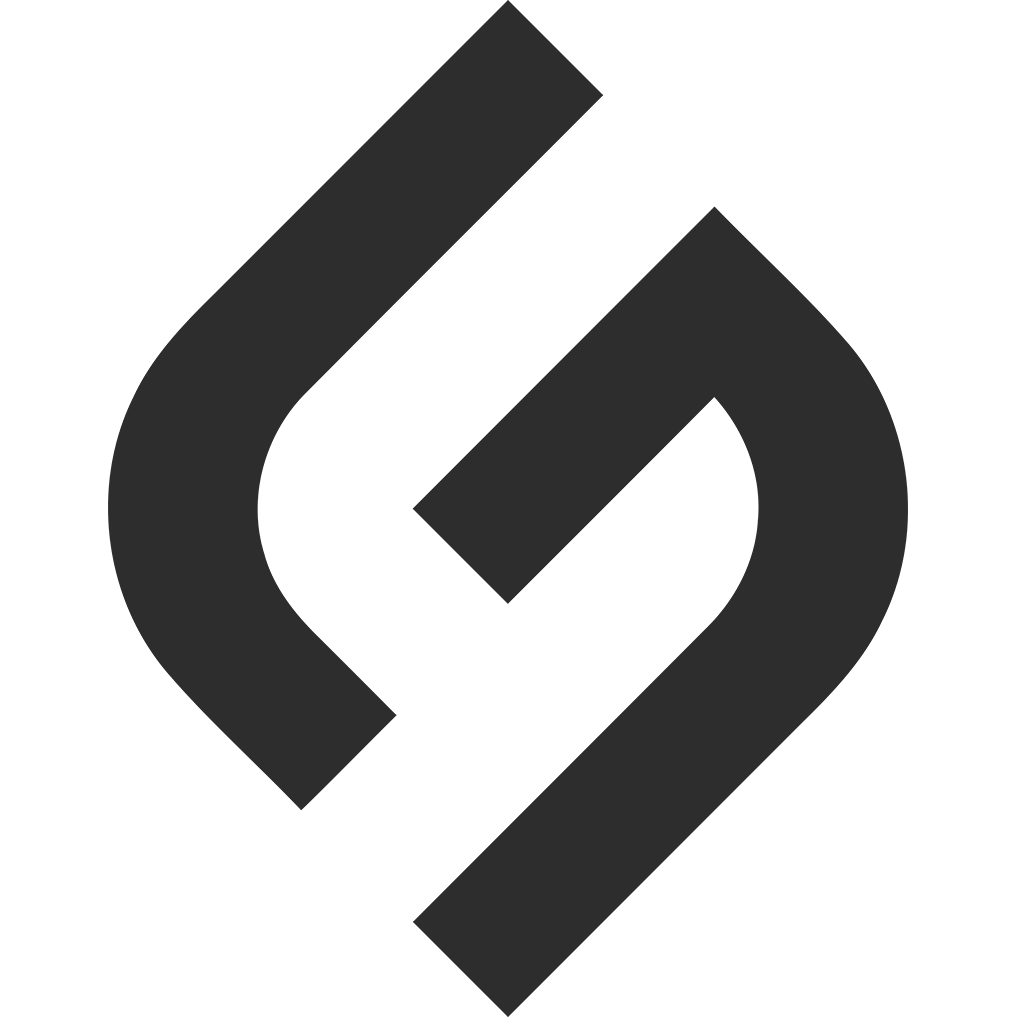Top Applicant Tracking Systems

In today’s competitive job market, finding and hiring top talent is more challenging than ever. With hundreds of applications flooding in for a single job posting, manual recruitment processes can quickly become overwhelming. This is where Applicant Tracking Systems (ATS) come into play. These software solutions streamline hiring by automating repetitive tasks, organizing candidate data, and improving collaboration among hiring teams. Consequently, businesses of all sizes are adopting ATS platforms to save time, reduce costs, and enhance the candidate experience.
However, with so many ATS options available, choosing the right one can feel daunting. In this comprehensive guide, we’ll explore the top applicant tracking systems for 2025, highlighting their key features, benefits, and ideal use cases. Additionally, we’ll discuss how platforms like monday.com integrate applicant tracking into broader work management systems, offering unique flexibility. By the end, you’ll have a clear understanding of which ATS aligns with your organization’s needs.
What Is an Applicant Tracking System?
An Applicant Tracking System (ATS) is software designed to automate and manage the recruitment process. From posting job openings to screening resumes, scheduling interviews, and onboarding new hires, an ATS centralizes all hiring activities in one platform. By leveraging automation and data-driven insights, these systems help recruiters focus on what matters most: finding the right candidates.
Key Functions of an ATS
- Job Posting: Distribute job ads across multiple platforms, such as job boards and social media.
- Resume Parsing: Extract and organize candidate information from resumes.
- Candidate Tracking: Monitor applicants’ progress through the hiring pipeline.
- Interview Scheduling: Coordinate interviews with candidates and hiring teams.
- Communication Management: Streamline interactions with applicants via email or text.
- Analytics and Reporting: Provide insights into hiring metrics like time-to-hire and candidate quality.
With these capabilities, ATS platforms not only save time but also improve the efficiency and effectiveness of recruitment. Now, let’s dive into the top ATS systems for 2025, starting with some of the most popular standalone solutions and then exploring versatile platforms like monday.com.

Top Applicant Tracking Systems for 2025
1. Greenhouse: Best for Data-Driven Recruitment
Greenhouse is a leading ATS known for its robust analytics and user-friendly interface. Designed for mid-sized to large organizations, it offers a comprehensive suite of tools to optimize the hiring process. Moreover, its focus on data visualization makes it ideal for teams that want to track recruitment metrics closely.
Key Features
- Over 500 prebuilt integrations with HRIS, job boards, and tools like Slack.
- Advanced reporting and dashboards for tracking recruitment KPIs.
- Scorecards to reduce bias in interviews.
- Mobile app for on-the-go recruiting.
- Onboarding module for seamless candidate transitions.
Pros
- Intuitive interface with minimal learning curve.
- Strong focus on diversity, equity, and inclusion (DEI) tools.
- Scalable for growing organizations.
Cons
Best For
Greenhouse is perfect for companies with 50+ employees that need advanced analytics and integrations. Its high cost may deter smaller teams, but its scalability makes it a top choice for enterprises.
2. Workable: Best for Small to Medium Businesses
Workable is a user-friendly ATS that balances simplicity with powerful features. Its AI-driven tools, such as automated job description generation, save recruiters time, making it a favorite among small to medium-sized businesses (SMBs). Additionally, its integration with Zapier allows seamless connectivity with other apps.
Key Features
- AI-generated job descriptions from job titles.
- Email templates and interview scheduling tools.
- Integration with job boards and social media.
- Candidate scoring and categorization.
- Mobile-friendly interface.
Pros
- Easy to set up and use, even for non-tech-savvy users.
- Affordable pricing plans for SMBs.
- Excellent customer support.
Cons
- Some interface elements, like the activity stream, can feel cluttered.
- Limited advanced analytics compared to Greenhouse.
Best For
Workable is ideal for SMBs looking for an affordable, intuitive ATS with automation features. Its simplicity makes it a great starter tool for teams transitioning from manual processes.
3. Breezy HR: Best for Budget-Conscious Teams
Breezy HR stands out for its free forever plan, which is rare in the ATS market. With features like text messaging and DEI-focused tools, it’s a versatile option for small businesses and startups. Furthermore, its drag-and-drop pipeline makes candidate tracking visually appealing.
Key Features
- Free plan for basic ATS needs.
- Text and email communication with candidates.
- DEI tools, such as gender-neutral job applications.
- Video interview support.
- Integration with job boards and HR tools.
Pros
- Cost-effective with a free plan for small teams.
- Intuitive drag-and-drop interface.
- Strong focus on diversity hiring.
Cons
Best For
Breezy HR is a great choice for startups and small businesses with tight budgets. Its free plan is perfect for teams just starting with ATS software.
4. iCIMS: Best for Enterprise Scalability
iCIMS is a powerhouse ATS designed for large organizations with complex hiring needs. Its AI-driven candidate ranking and extensive integrations make it a top choice for enterprises. Moreover, its ability to support internal mobility and talent retention sets it apart from competitors.
Key Features
- AI-powered candidate screening and ranking.
- 750+ integrations with HCM and HR tools.
- Text, video, and chat communication options.
- Advanced analytics for hiring ROI.
- Branded career site builder.
Pros
- Highly scalable for large organizations.
- Robust automation features.
- Strong focus on internal talent mobility.
Cons
- Steeper learning curve for new users.
- Pricing is tailored, which may be costly for smaller firms.
Best For
iCIMS is ideal for enterprises with high-volume or specialized hiring needs. Its scalability and integrations make it a strategic choice for global companies.
5. JazzHR: Best for Replacing Spreadsheets
JazzHR is a straightforward ATS designed for SMBs looking to move away from manual processes like spreadsheets. Its affordability and ease of use make it a popular choice for teams new to ATS software. Additionally, its focus on small businesses ensures it meets their unique needs.
Key Features
- Custom workflow stages for hiring pipelines.
- Integration with HRIS and job boards.
- Candidate sourcing via job boards.
- Collaborative tools for hiring teams.
- Affordable paid plans.
Pros
- Simple setup and user-friendly interface.
- Cost-effective for small teams.
- Replaces manual processes effectively.
Cons
- Limited advanced features compared to enterprise ATS.
- No free plan available.
Best For
JazzHR is perfect for small businesses transitioning from spreadsheets to a dedicated ATS. Its affordability and simplicity make it a great entry-level solution.
6. Manatal: Best for AI-Powered Recruitment
Manatal leverages AI and machine learning to streamline recruitment, from sourcing to onboarding. Its intuitive interface requires little training, making it accessible for teams of all sizes. Furthermore, its CRM features help build long-term candidate relationships.
Key Features
- AI-driven candidate matching and resume screening.
- Customizable career page builder.
- Drag-and-drop pipelines.
- Compliance tools for GDPR, CCPA, and PDPA.
- Full analytics suite.
Pros
- Easy-to-use interface with no training required.
- Strong AI capabilities for faster hiring.
- Affordable pricing for SMBs.
Cons
- Limited integrations with some third-party platforms.
- Learning curve for advanced features.
Best For
Manatal is ideal for SMBs and recruitment agencies that want AI-driven tools without breaking the bank. Its CRM features also make it great for long-term talent management.
7. monday.com: Best for Versatile Applicant Tracking
Unlike traditional ATS platforms, monday.com is a Work OS that offers customizable applicant tracking templates as part of its broader project management suite. This flexibility allows teams to integrate hiring processes with other business workflows, such as onboarding or team collaboration. As a result, it’s a unique option for organizations that want a holistic work management solution.
Key Features
- Customizable ATS templates with drag-and-drop pipelines.
- Automation for repetitive tasks, like sending rejection emails.
- Integration with job boards and HR tools.
- Multiple views (Kanban, calendar, Gantt) for visualizing hiring timelines.
- Free plan for up to two users and three boards.
Pros
- Highly customizable for unique hiring needs.
- Versatile platform for managing multiple business processes.
- Free plan available for small teams.
Cons
- Not a dedicated ATS, so it lacks some advanced recruiting features.
- Limited Boolean search or sourcing capabilities in the free plan.
Best For
monday.com is perfect for small to medium-sized businesses that want a flexible ATS integrated with other workflows. Its customizable templates make it ideal for creative teams.
How monday.com Stands Out
monday.com’s applicant tracking capabilities shine through its adaptability. For example, teams can create custom columns to track specific candidate details, such as referral sources or skill ratings. Additionally, its automation features, like triggering emails when candidates move to a new stage, save time and ensure consistency. While it may not offer the depth of standalone ATS platforms like Greenhouse, its versatility makes it a compelling choice for organizations already using monday.com for project management.
Key Considerations When Choosing an ATS

With so many ATS options available, selecting the right one requires careful evaluation. Here are some factors to consider to ensure you choose a system that aligns with your organization’s needs.
1. Business Size and Hiring Volume
- Small Businesses: Look for affordable, user-friendly options like Breezy HR or JazzHR.
- Mid-Sized Companies: Consider scalable solutions like Workable or Greenhouse.
- Enterprises: Opt for robust platforms like iCIMS or monday.com for high-volume hiring.
2. Budget
- Free plans, like those offered by Breezy HR and monday.com, are great for startups.
- Paid plans vary widely, from $9 per user/month (monday.com) to custom enterprise pricing (iCIMS).
3. Features and Functionality
- Prioritize features like AI automation, integrations, and DEI tools based on your needs.
- Ensure the ATS supports mobile access for on-the-go recruiting.
4. Ease of Use
- Choose an intuitive interface to minimize training time, especially for small teams.
- Platforms like Workable and Manatal are known for their user-friendly designs.
5. Integrations
- Ensure the ATS integrates with your existing HR tools, job boards, and communication platforms.
- Greenhouse and iCIMS excel in this area with hundreds of integrations.
6. Scalability
- Select a system that can grow with your organization, such as Greenhouse or monday.com.
- Avoid solutions with limited functionality that may require replacement as your needs evolve.
By weighing these factors, you can narrow down your options and find an ATS that fits your budget, team size, and hiring goals.
The Future of Applicant Tracking Systems
As recruitment evolves, ATS platforms are incorporating cutting-edge technologies to stay ahead. Here are some trends shaping the future of ATS software in 2025 and beyond:
1. AI and Automation
AI-driven features, like candidate matching and resume screening, are becoming standard. For instance, Manatal and iCIMS use AI to identify top candidates faster, reducing manual effort. Additionally, automation for tasks like email communication and interview scheduling is improving efficiency.
2. Focus on Candidate Experience
Modern ATS platforms prioritize candidate engagement through branded career pages, mobile-friendly applications, and timely communication. Breezy HR’s text messaging and monday.com’s customizable forms enhance the applicant journey.
3. Diversity and Inclusion Tools
DEI features, such as bias-reducing scorecards and gender-neutral job applications, are gaining traction. Greenhouse and Breezy HR lead in this area, helping companies attract diverse talent.
4. Integration with CRM
Many ATS platforms, like Manatal and iCIMS, now include CRM features to nurture long-term candidate relationships. This trend supports proactive talent pipelining for future roles.
5. Mobile Recruiting
With 69% of Gen Z job seekers using smartphones for job searches, mobile-friendly ATS platforms are essential. Greenhouse, Workable, and monday.com offer robust mobile access.
These trends highlight the growing sophistication of ATS software, making it a strategic tool for modern recruitment.

Conclusion
Choosing the right Applicant Tracking System is a critical decision that can transform your hiring process. Whether you’re a small business looking for a budget-friendly option like Breezy HR, a mid-sized company seeking scalability with Greenhouse, or an enterprise needing robust features from iCIMS, there’s an ATS tailored to your needs. Alternatively, platforms like monday.com offer a versatile approach, integrating applicant tracking with broader work management for unmatched flexibility.
By considering factors like business size, budget, and desired features, you can select an ATS that streamlines recruitment, improves candidate experience, and drives better hiring outcomes. As ATS technology continues to evolve with AI, automation, and DEI tools, investing in the right system now will position your organization for success in 2025 and beyond.
Ready to revolutionize your hiring process? Explore these top ATS platforms and find the perfect fit for your team today.
You might also be interested in What is an Applicant Tracking System


